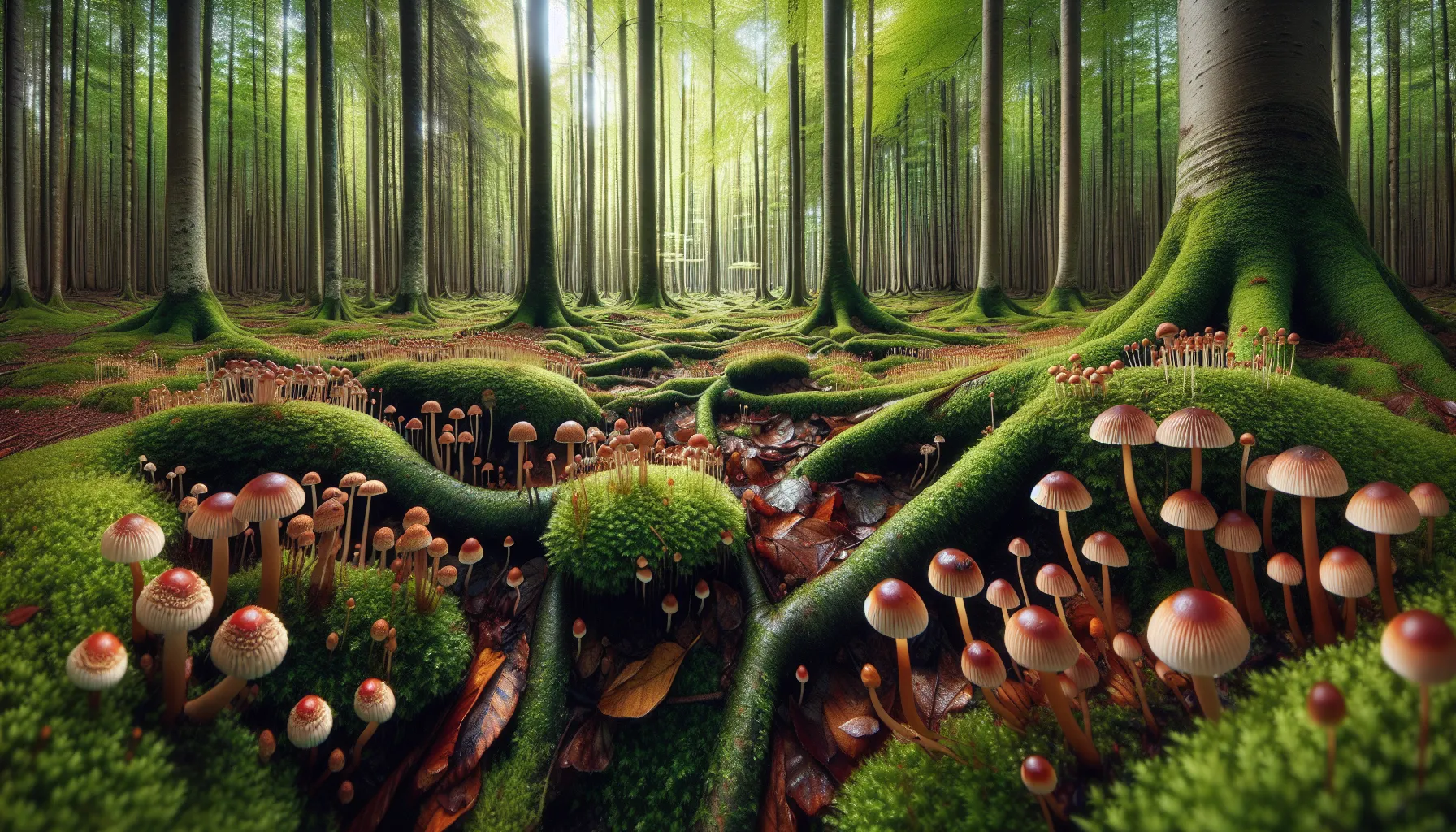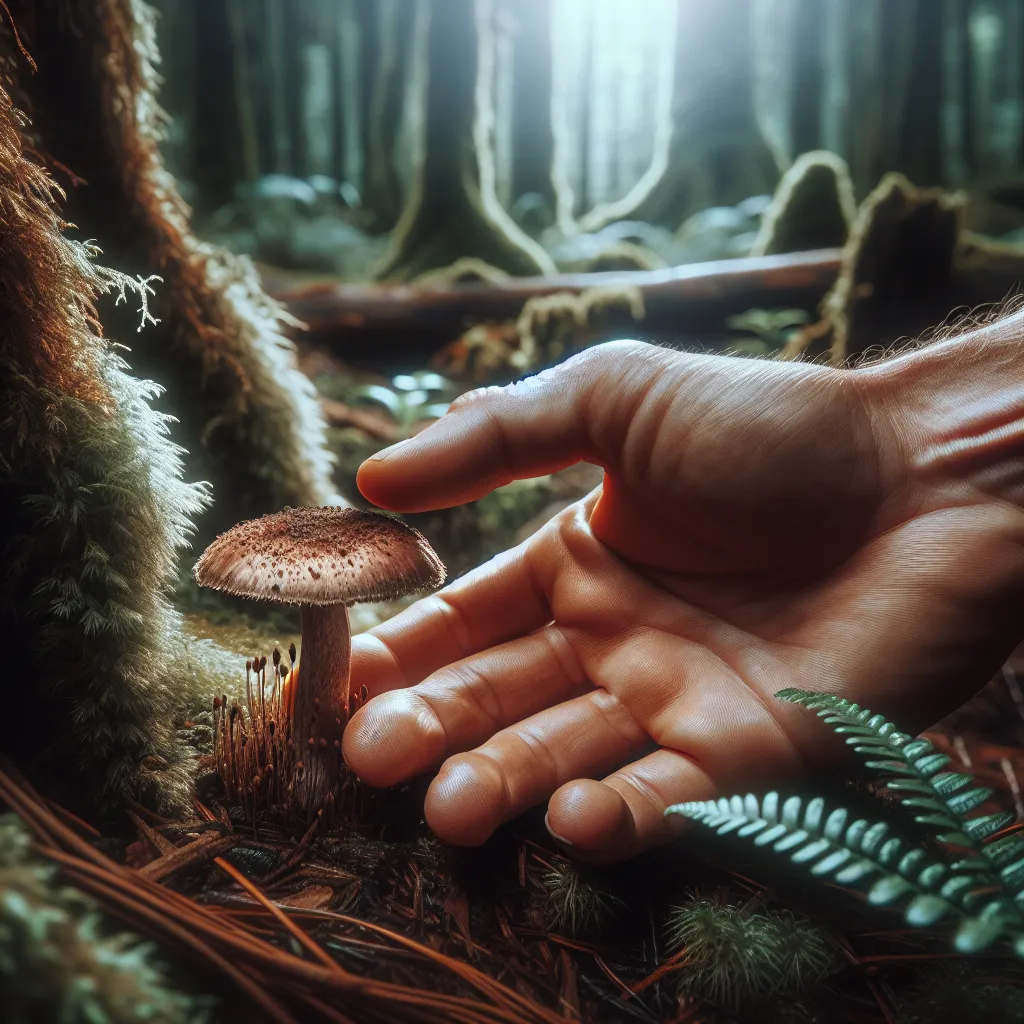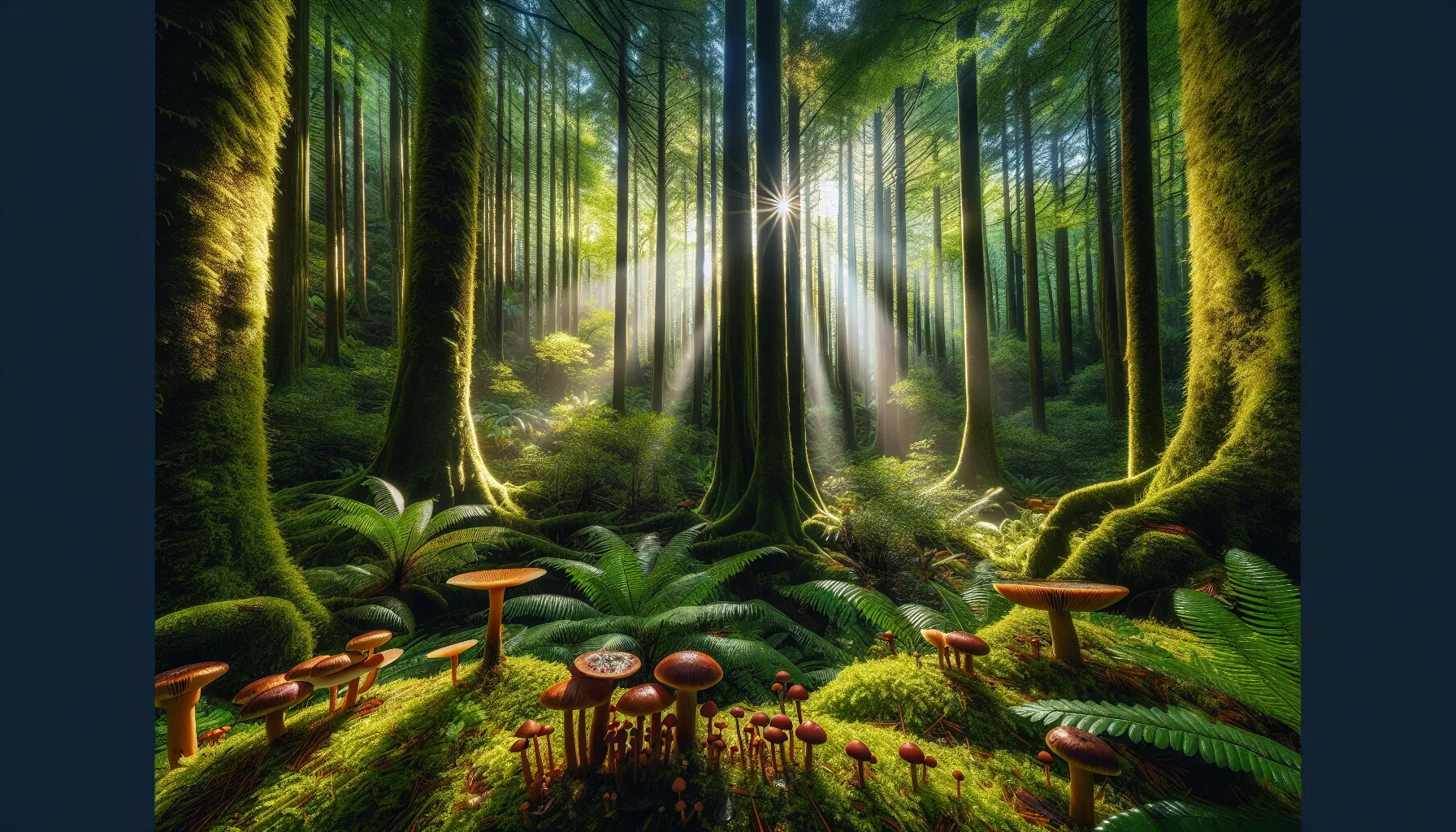Embarking on wild mushroom hunting is not just a foray into the world of foraging; it’s an adventure that combines culinary excitement with the thrills of a treasure hunt. Gourmet stores may offer a variety of wild mushrooms, but these often come with a steep price tag. Fortunately, the forests and fields invite you with an array of edible fungi that are both free and flavorful, all it takes is some time and a little know-how. This primer is designed to guide beginners through the essentials of mushroom hunting, ensuring a safe and delightful experience.
The Allure of Foraging for Edible Mushrooms
For many, the motivation to hunt wild mushrooms is twofold: the pleasure of spending time in nature and the reward of harvesting delicious varieties not commonly found in supermarkets. From the elusive morels to the prized truffles, foraging for mushrooms offers a unique opportunity to connect with the environment while collecting ingredients that can elevate your cooking.
Identifying Edible Mushrooms
Before you set out on your foraging journey, it is critical to arm yourself with knowledge. Misidentification can lead to serious health risks, as some edible mushrooms have poisonous look-alikes. For instance, the sought-after morel mushroom has a toxic doppelganger known as the false morel. To avoid such risks, familiarize yourself with the characteristics of both edible and poisonous species.
- Morels: These mushrooms are celebrated for their nutty flavor and are often found in forested areas around dead trees in the spring.
- Chanterelles: Recognized by their golden hue and trumpet shape, chanterelles grow in clusters in mossy, pine forests mainly during summer.
- Lion’s Mane: Named for its shaggy appearance, this mushroom grows on hardwood trees and is known for a seafood-like flavor and potential cognitive benefits.
- Hen of the Woods: Also known as Maitake, these mushrooms typically grow at the base of oaks and elms, offering a rich, earthy taste.
- Wood Ear Mushrooms: With a jelly-like consistency, these are often used in Asian cuisines for their texture and are found on decaying wood.
- Lobster Mushrooms: These are not a mushroom, but a mold that parasitizes certain mushrooms, giving them a seafood-like flavor and a reddish hue.
For a thorough introduction to mushroom identification, visit the North American Mycological Association (NAMA) for resources and local foraging events.
The Dangers of Poisonous Mushrooms
Not all mushrooms are meant for the dinner plate. Some, like the Death Cap and Destroying Angels, are fatally toxic and can be mistaken for edible varieties. It is a common misconception that poisonous mushrooms can be identified by taste or smell; in fact, these dangerous fungi may taste pleasant. Half a mushroom from either of these species could be lethal, underscoring the importance of accurate identification.

The Essentials for Mushroom Hunters
Gear Up for the Hunt
To begin your foraging adventure, dress appropriately for the weather and terrain. Long sleeves and pants will protect against thorns and insects, and sturdy boots are essential for navigating through the underbrush.
Choosing the Right Field Guide
Investing in a reliable field guide is crucial. Look for guides with clear photographs and descriptions, such as:
- “Mushrooms of the Northeast” by Teresa Marrone and Walt Sturgeon – a pocket-sized guide with excellent imagery.
- “Falcon Guide’s North American Mushrooms” – offers extensive coverage of North American fungi.
These guides are invaluable companions for both novices and seasoned foragers alike. The Mushroom Expert website is another excellent resource for mushroom identification.
Foraging with an Expert
If you’re new to mushroom hunting, consider joining a local foraging group or seeking out an experienced guide. Learning from seasoned foragers can significantly enhance your ability to identify mushrooms correctly and safely.
The Ethical Forager
Responsible foraging ensures that ecosystems remain undisturbed and that mushroom populations can regenerate. Be mindful of how much you collect and avoid damaging the surrounding habitat.

Cooking and Enjoying Your Finds
Once you’ve safely identified and harvested edible mushrooms, the culinary possibilities are vast. From simple sautés to elaborate dishes, wild mushrooms can add depth and complexity to your meals.
- For inspiration on cooking wild mushrooms, visit food blogs like Forager Chef, which provides recipes specifically for wild edibles.
- To learn more about the culinary uses of mushrooms and how to incorporate them into your diet, check out the Wild Food UK website.
Concluding Thoughts
Wild mushroom hunting can be immensely satisfying, offering a combination of outdoor activity, education, and gastronomic delight. With the right preparation and respect for nature’s provisions, you can enjoy the many flavors that wild fungi have to offer. Remember to prioritize safety, seek knowledge from reliable sources, and always forage responsibly.
By following the guidelines in this primer and using the resources provided, your introduction to the world of wild mushroom hunting is bound to be a rewarding venture. Happy foraging!

